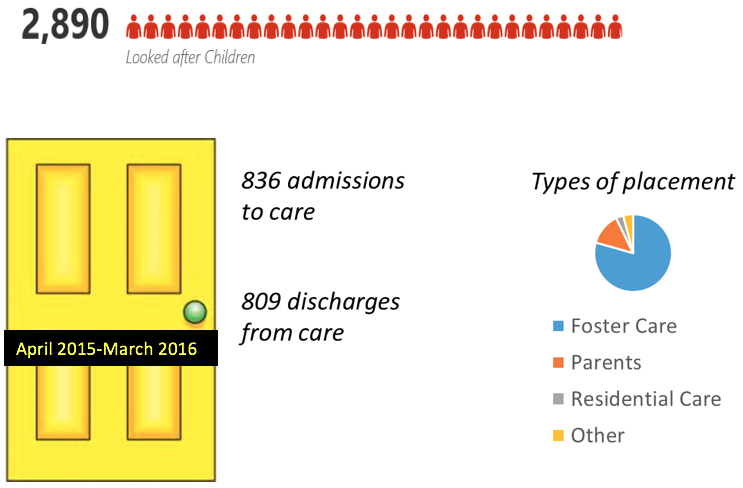Guest post by Susan Campbell from Business Services Organisation
Northern Ireland has had an integrated structure for Health and Social Care services since 1973. This differs from England where the integration of these two areas is still underway as the NHS have responsibility for Health and local government provide “Social Care”. The Health and Social Care Trusts who provide these services use a wide range of IT systems to record activity in a range of settings such as Acute, Community, Social care and Mental Health.
Many of these operational IT systems feed data to the HSC Regional Data Warehouse which supports reporting and analysis by the service providers and commissioners. So like all organisations, we have lots of data! We also have lots of ways to report on and analyse the data. Typically analysis is done by specialised information staff, including professional statisticians. There is a regional enterprise reporting toolset and a variety of local analysis and presentational tools in use.
There is however a real and growing demand for self-service analytics which give the decision makers the ability to visualise and manipulate data themselves.
Our chosen area of focus for MIDAS is “Looked after Children”. A child is “looked after” by a Trust if he or she is in their care or if he or she is provided with accommodation for a continuous period of more than 24 hours by that Trust in the exercise of its Social Services function.
Looked after children are some of the most vulnerable individuals in society and any opportunities to improve the services which support them need to be identified and actioned if possible.

(Figures as at 31 March 2016, collated by Community Information Branch, Department of Health NI)
Using the MIDAS platform, analysis of data drawn from multiple sources by service policymakers should identify patterns of events and behaviours that lead to a child being taken into care. It will also highlight effective interventions and the timing of those interventions, with the aim of providing children with a safe and secure environment in which to grow and develop.
